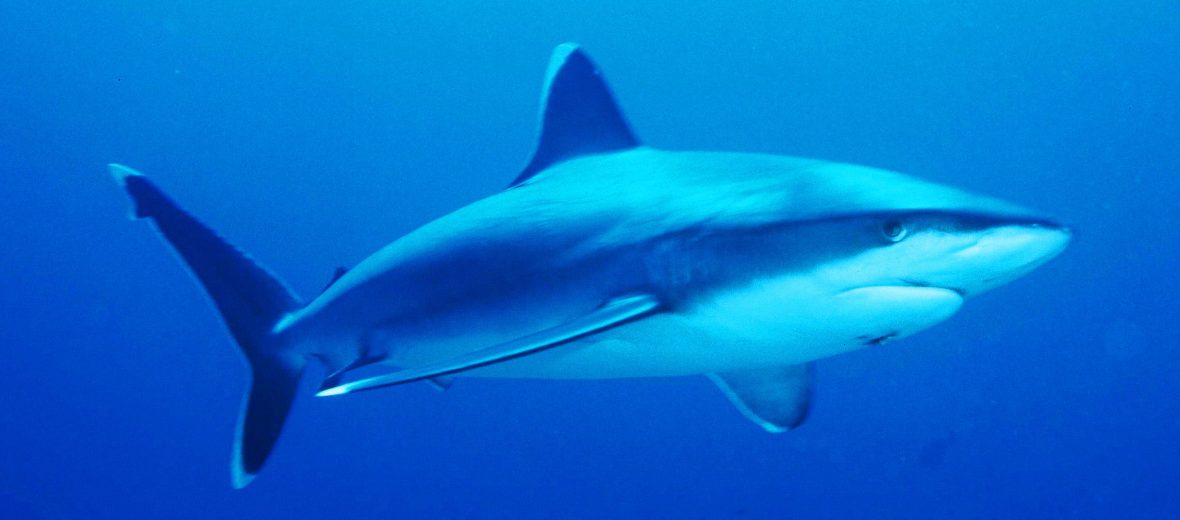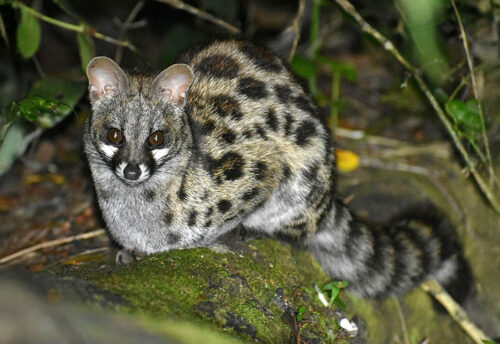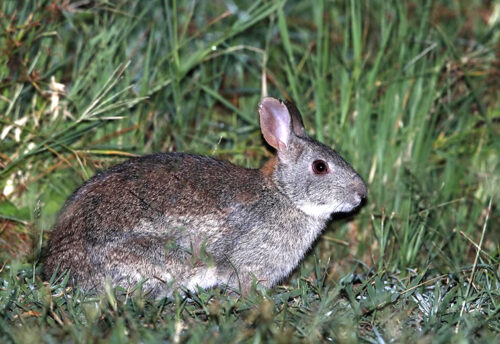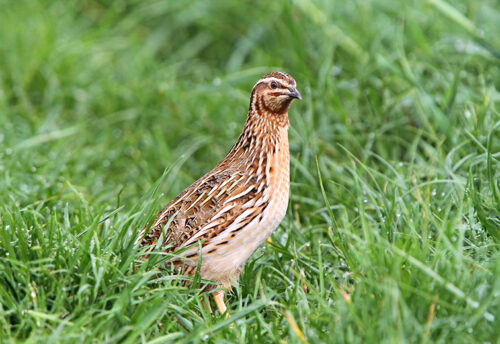
The silvertip shark is a larger species of requiem shark (migratory, livebearing shark from warm seas) that can be found throughout the tropical Pacific and Indian Oceans. They prefer coral reefs and offshore islands. Due to overfishing and excessive harvesting for their fins, meat, skin, cartilage, teeth, and jaws, these sharks are listed as Vulnerable by the IUCN. Their numbers are also decreasing. This article is dedicated to a friend of Critter Science, Shawn.
First the Stats…
Scientific name: Carcharhinus albimarginatus
Weight: Up to 358 lbs.
Length: Up to 10 feet
Lifespan: Up to 18+ years
Now on to the Facts!
1.) These sharks can dive to depths of up to 2,600 feet.
2.) Silvertip sharks feed on eagle rays, bony fishes (such as escolars, flying fish, groupers, lanternfish, mackerel, tuna, wrasses, and sole), smaller sharks, and cephalopods.
3.) Being powerful and aggressive, these sharks are known to bully and dominate other requiem sharks at feeding time. Larger sharks are also known to have scars from run ins with silvertips.
4.) They are considered dangerous to humans as they approach divers very closely and with little fear.
5.) German naturalist Eduard Rüppell, in the 1837, first described these sharks.
But wait, there’s more on the silvertip shark!
6.) Their specific epithet hails from the Latin albi which means “white”, and marginatus meaning “to enclose with a border.” This is in reference to the tell tale white fin margins.
7.) Grey sharks are their closest relative.
Did you know…?
It is estimated that these sharks, being similar to grey sharks, can swim in excess of 24+ mph.
8.) Juvenile sharks tend to be spotted around lagoons and coastal shallows, whereas adults tend to dwell in deeper waters.
9.) These sharks are highly territorial, solitary, and aggressive towards each other. Although females can be seen in small groups.
10.) A group of sharks is called a college, frenzy, gam, grind, herd, shiver, or shoal.
But wait, there’s still more on the silvertip shark!
11.) Rainbow runners (a type of bony fish) have been documented rubbing their bodies against silvertip shark’s bodies to scrape off parasites.
12.) If pursued by divers, silvertips will engage in a threat display. This involves darting away to about 40 feet, followed by turning and charging towards the “threat.” At about 2 body lengths distance they will turn broadside, drop their pectoral fins, gape its jaws, then lower the posterior 2/3 of its body, and will “shiver.” If all that doesn’t get the point across, they will close in and slash with their upper teeth.
Did you know…?
Although potentially dangerous to humans, since 2008, there have only been 4 documented attacks on humans and none were fatal.
13.) Silvertip sharks are viviparous. This means that once the embryos use up their supply of yolk, the depleted yolk sac develops into a placental connection by which the mother delivers nourishment to her pups.
14.) Females birth up to 11 pups.
15.) Both mating and parturition happen in summer. Due to their slow reproductive rate, these sharks look to have a tough time recovering their populations, when extirpated in their ranges.
Now a Short Silvertip Shark Video!
Be sure to share & comment below! Also, check out the Critter Science YouTube channel. Videos added regularly!
Want to suggest a critter for me to write about? Let me know here.
Some source material acquired from: Wikipedia & IUCN
Photo credit: Albert kok



